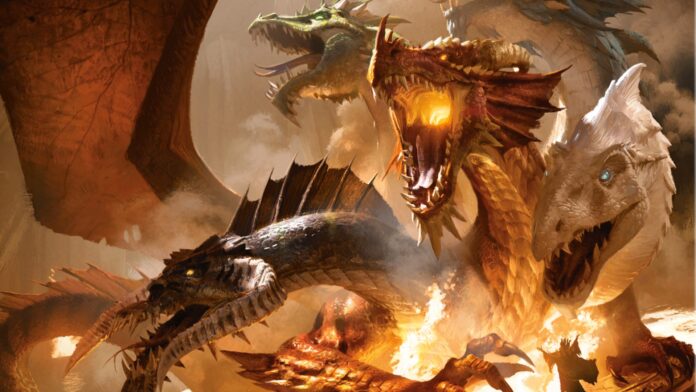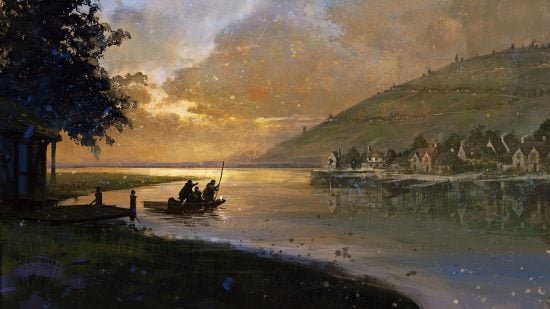What are the best tabletop roleplaying games? This guide picks the top tabletop RPGs in every genre, and explains the kind of gameplay they provide, what’s special about the system, and what you should be aware of before you play.
DnD 5e is right at the top of this list – it has so much support and such a well-established community that it’s the easiest way for new players to get into the hobby as a whole. If you’re interested in learning more about this system, check out our guides to the DnD classes and DnD races, and watch the DnD release schedule for an upcoming new edition of the game.
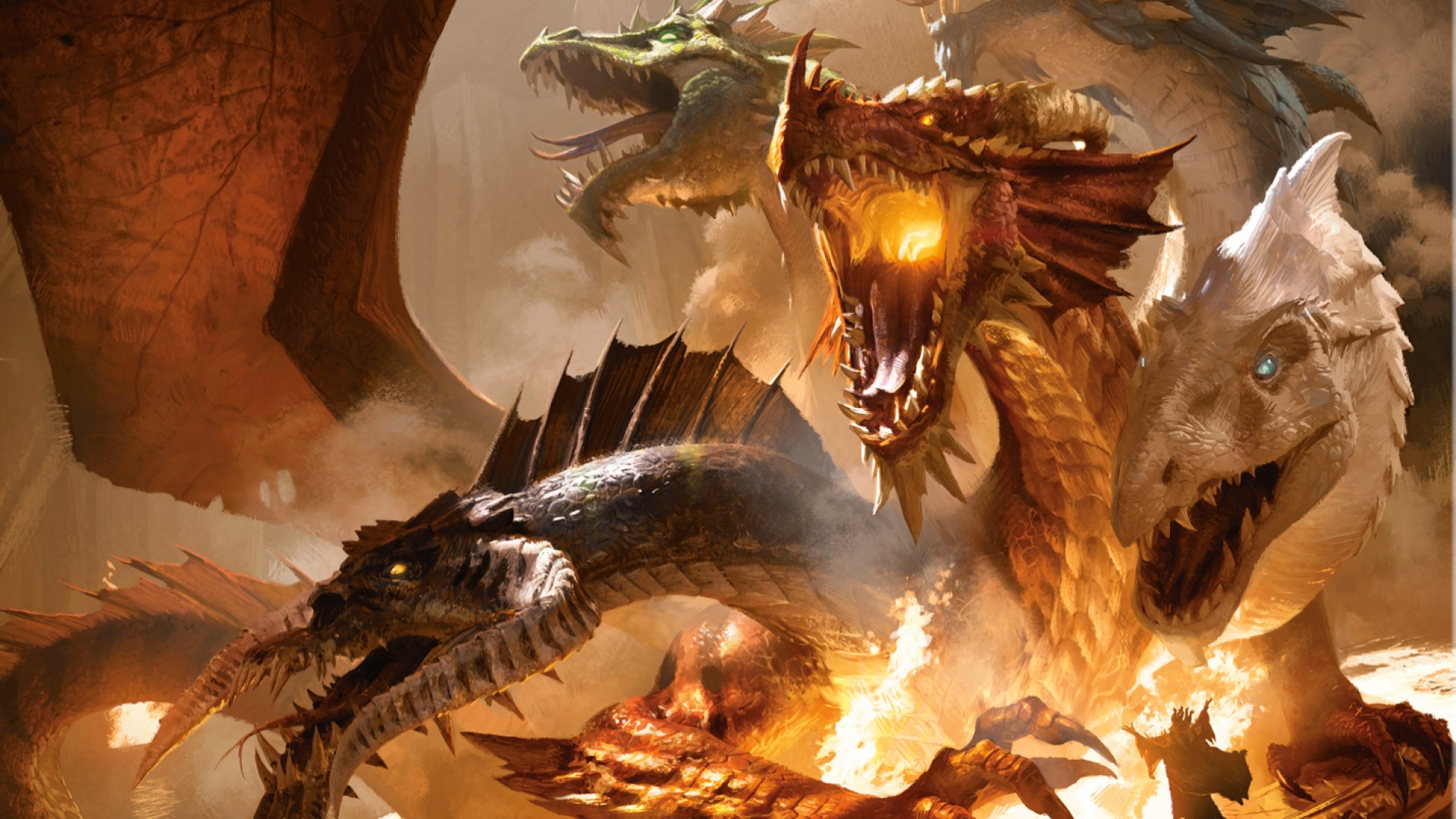
Dungeons and Dragons 5e
The best TTRPG for beginners
| Publication date | 2014 |
| Publisher | Wizards of the Coast |
- As the world’s first RPG, it has more material than many systems
- A strong all-rounder system of mid-level complexity
- Incredible community support
- It’s good for beginners because of the community, not the game itself
- Middle of the road compared to other fantasy rpgs
We can’t be forgetting the noble, half-century-old granddaddy of all RPGs, now, can we? Dungeons & Dragons is the original tabletop RPG, thriving for decades and seemingly just gets better and better with every instalment.
Combining strategy with some flashy magic and charismatic heroes, sword-and-sorcery folks searching for a fantasy-based RPG will struggle to find a better all-rounder than this stone-cold classic. With easy character creation reminiscent of the first edition, and simplified game mechanics, D&D 5e feels both retro and entirely novel.
DnD isn’t the absolute simplest of RPGs, and it does have rough edges, but the sheer size of the community around the game more than makes up for that. No other RPG has so many community-made resources, and helpful explainer videos. Not to mention the sheer number of players out there – if you want to find a group to join, DnD is absolutely your best shot.
If you are looking to get into tabletop RPGs for the first time – or a budding Game/Dungeon Master, keen to make your first homebrew campaign in a flexible environment where inspiration, tried-and-tested structures and ready-made assets are all plentiful, D&D is a superb place to start.
Although long-time players may be itching for more stringent rules, there is no denying Dungeons and Dragons 5e’s mass appeal. With faster combat, increased immersion, and more space for imaginative storytelling, it’s understandable why this edition is the most-played version of D&D to date.
With a straightforward game system and vast, yet accessible fantasy worlds, it’s easy to get inspired and excited, as you launch into adventures full of battle-scarred orcs, bloodcurdling monsters, and flamboyant sorcerers.
Just don’t forget to pack an adventurer’s kit – where you’re going, you’ll need it…
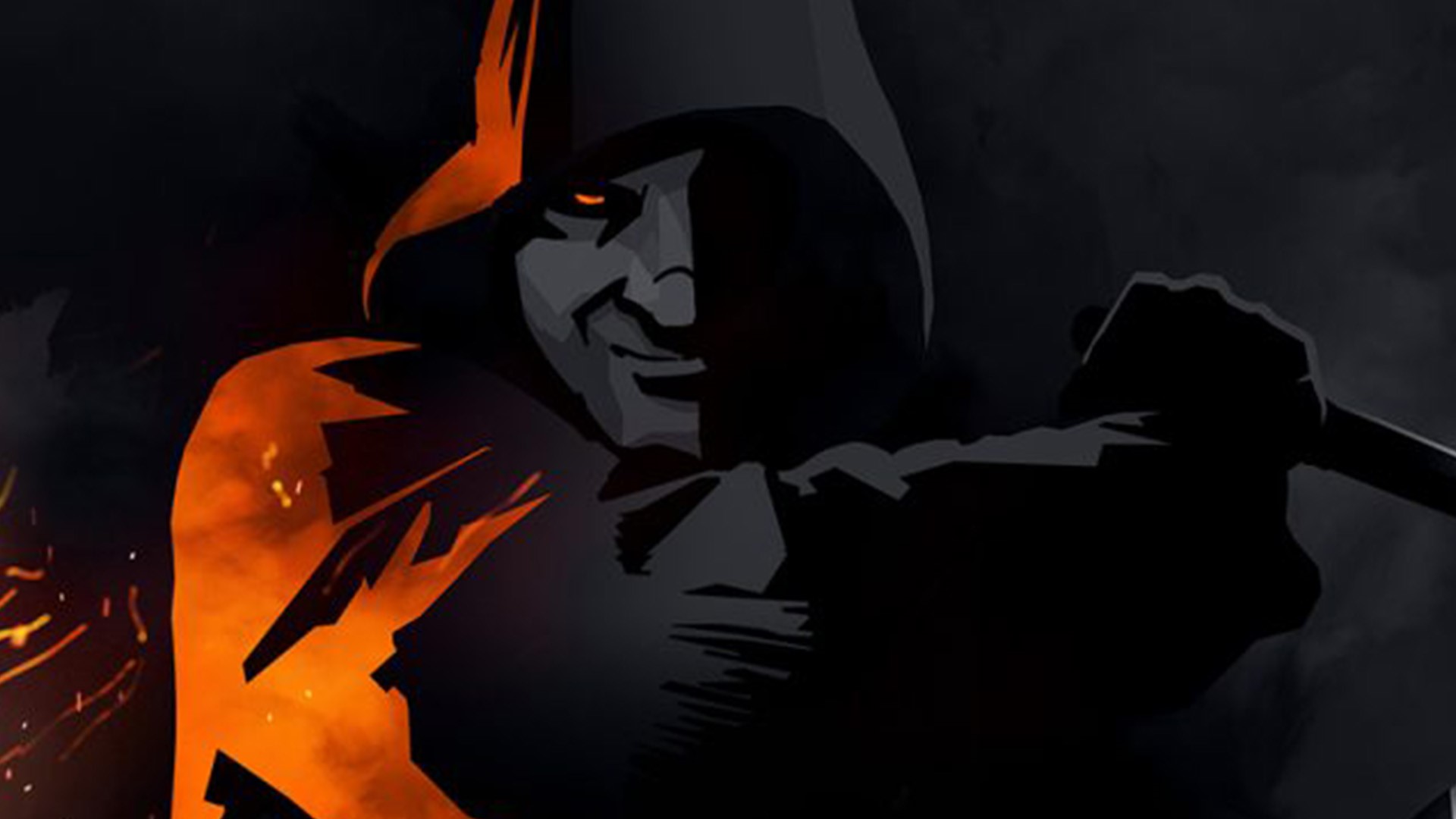
Blades in The Dark
The best crime tabletop RPG.
| Publication date | 2017 |
| Publisher | Evil Hat Productions |
- A unique and interesting setting
- Some of the best heist mechanics in tabletop RPGs
- Heavy focus on storytelling may not interest more strategic gamers
Blades in The Dark is a twisted 19th-century heist game where players take on the role of scoundrels, looking to complete ‘scores’ with their crew. Set in the fictional gothic, industrial city of Doskvol, the RPG launches you into an exciting crime-caper gameplay style, having you face off with rival crews while avoiding the law.
At the same time, you must try to survive volatile Victorian back alleys, where ghosts roam, and lowlife citizens are ready to stab you in the back. But despite its exciting setting and enjoyable heist movie tropes, what truly makes the game so successful is its fast, easy-to-pick-up game mechanics and unique character choices.
From its ‘flashback’ system to the option to play as a ghost after a character’s death, Blades in The Dark constantly rewards you for inventive roleplay and imaginative thinking, while requiring little setup preparation. Working for both one-shots and lengthy campaigns, this RPG will suit those seeking to get stuck into a detailed story, with minimal prep time.
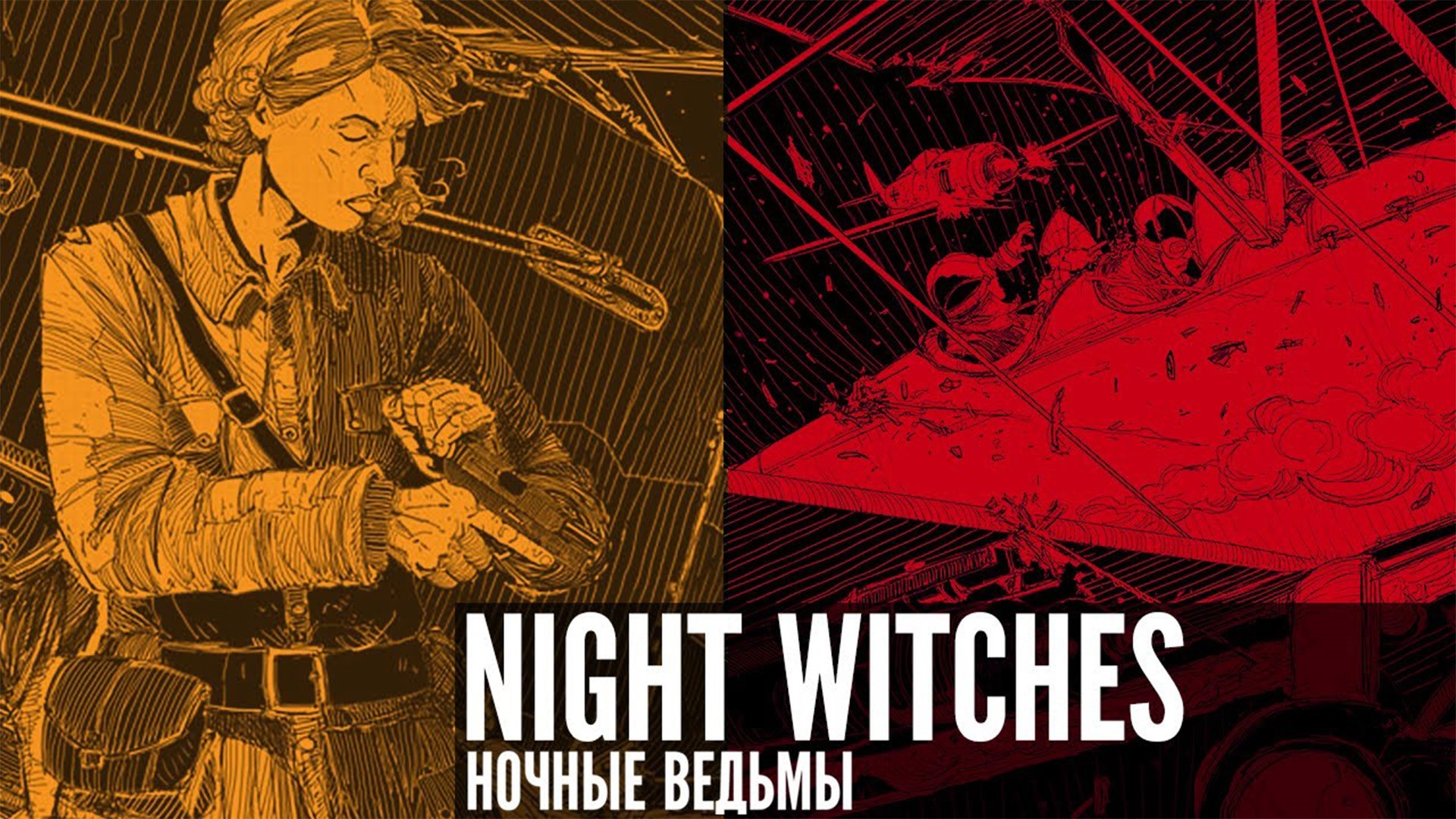
Night Witches
The best historical tabletop RPG.
| Publication date | 2015 |
| Publisher | Bully Pulpit Games |
- Balances narrative and combat gameplay
- An interesting and fresh take on WW2 gaming
- As with all historical games, it runs better if you do lots of homework
Creator Jason Morningstar (the designer behind popular card-driven storytelling game Fiasco) has splashed a heavy mix of history and combative tension into this WWII tabletop RPG.
In Night Witches, you and your friends will play as pilots in the Soviets’ famed all-woman air force, bombing Nazis during the night and navigating the politics and relationships of the male-dominated Red Army by day.
Although most RPGs are now accessible for first-timers, if you are a history buff, or a fan of digital WW2 games, looking to pitch into your first tabletop experience, Night Witches is really one of the best you can find.
The game has two distinctive modes built into its night-and-day cycle. At night, you engage in deadly aerial combat, making strategic decisions as a team to complete missions in your two-person aircraft. During the day, you are a roleplaying master, avoiding NKVD interrogation and getting ready for the next night’s combat sorties.
Night Witches makes it easy to figure out if you prefer combat-heavy or narrative-focused RPGs, since it ably simulates both styles – letting your group discover what kind of roleplayers they truly are, all while enjoying the game’s strikingly well-done war story.
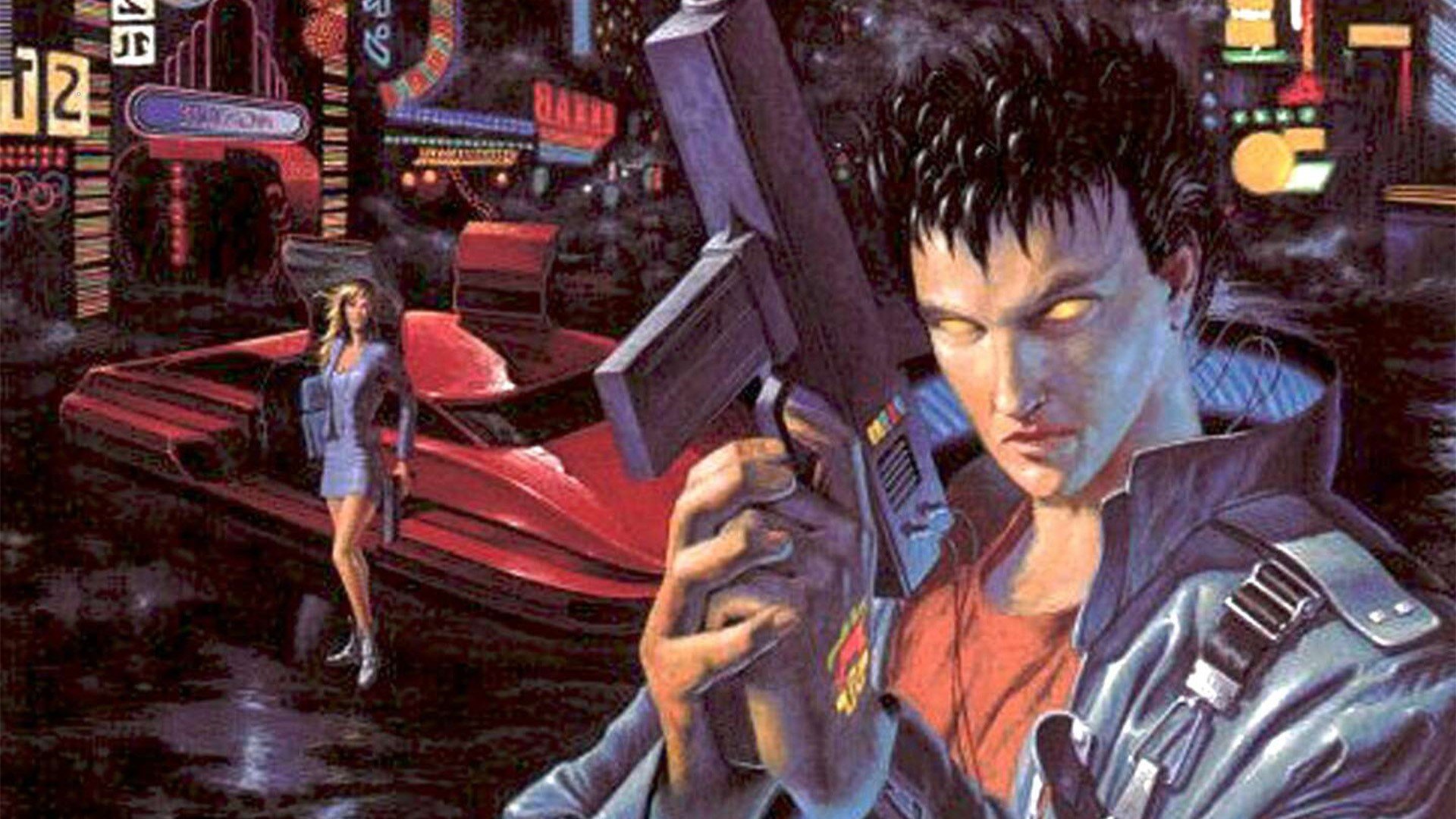
Cyberpunk 2020
The best cyberpunk tabletop RPG
| Publication date | 1990 |
| Publisher | R. Talsorian Games |
- Excellent combat rules
- An iconic setting realized in lots of detail
- Can be tricky to run, and rules can be unclear
Meet the 33-year-old tabletop RPG that inspired 2020’s biggest videogame release, Cyberpunk 2077. Cyberpunk 2020 brings you all the gritty, neon style and action that have carved out this genre’s spot in mainstream popular culture for many years. The game is fast, pretty brutal and all about those stylish, 1980s retro-futuristic aesthetics.
Players can take on a number of classic cyberpunk tropes, choosing from classes including the world-hacking netrunner, Mad Max-esque nomad and more. With cyberware, mechanics for losing your very humanity, and a terrifyingly detailed world, the Cyberpunk RPG is full of narrative potential, offering tons of dystopian inspiration for both players and GMs to sink their teeth into.
The game also has some of the best combat roleplaying you can find. Every confrontation in Cyberpunk 2020 is fast and cinematic, making it easy to live out your Blade Runner fantasy.
Plus, your character won’t suddenly make a T-pose and jump 100 feet in the air during a casual motorbike ride, or project their genitals through their trousers midway through a key narrative scene. You know, unless that’s something your group’s into. We don’t judge.

13th Age
The best fantasy tabletop RPG
| Publication date | 2013 (second edition due in 2025) |
| Publisher | Pelgrane Press |
- Strikes a great balance between narrative and combat
- Created by two former DnD lead designers as their perfect game
- Packed with unique ideas
- Second edition is due in 2025
- Some interesting systems aren’t explained well
13th Age is like a version of Dungeons and Dragons from a parallel universe. It was created by two former DnD lead designers, Jonathan Tweet (the lead author for DnD 3rd edition) and Rob Heinsoo (a lead designer on DnD 4th edition), to use for their home game. It hits all the same notes as DnD, but the way it plays them is much more interesting.
The core of the game is a recognisable, D20 based fantasy RPG, with a party of heroes from a variety of fantasy races and classes venturing into the unknown in search of adventure. Every character has “one unique thing”, a fact that makes them stand out from everyone else in the world. It doesn’t have to be big and powerful – you might just be the best Dwarven chef in the world – but it is something that the bards will sing about your character once they’re famous.
Combat is snappy, thanks in part to the “escalation die”, a D6 that ticks up every round of combat and provides all of the players a bonus to hit – as well as unlocking more potent abilities as the fight goes on.
13th Age comes with a default fantasy world known as the Dragon Empire. This is intentionally underdeveloped so that every party can make it their own. Rather than gods, the most notable beings in the world are the Icons, powerful and archetypical entities like the Archdruid, the Liche King, and the Protector.
Each character has a narrative connection to one or two of these Icons, which will generate complications and benefits for the party throughout the adventure. Picking which Icons you want to be connected to, and how, is a great way to signal to the GM what kind of game you want to be part of!
The second edition of 13th Age is due in 2025. While this will replace the core rulebook, the new version is essentially just a rebalanced version of the original, and all the supplements will be fully compatible.
To learn more about what 13th Age does well, check out our interview with co-designer Rob Heinsoo.

Warhammer 40k: Imperium Maledictum
The best Warhammer 40k tabletop RPG
| Publication date | 2023 |
| Publisher | Cubicle 7 |
- A great narrative game for fans of sci fi and horror
- Great rules for both combat and investigation
- Excellent ‘Patron’ system for your powerful overlord
- The setting’s dense lore can still be a barrier to entry
- Supplements have been slow to release since the game launched
Warhammer 40,000 roleplay: Imperium Maledictum is a fantastic and very recent roleplaying game set in the grimdark Warhammer 40k universe. A powerful Patron has gathered the player characters together, pulling them from lives of servitude within one of the Imperium of Man‘s colossal institutions to direct them to their own ends.
The Patron system is a very versatile roleplaying tool. While the game master can decide on a patron for the group, this can be a collaborative activity, letting the players set the tone for the campaign. A Patron from the Inquisition will see the players delve into heretical cults and forbidden tomes, while a Rogue Trader master might see the party shipping from world to world in pursuit of profit.
You even get to customise your Patron, picking a set of bonuses that you can use in your adventures – perhaps they can lend you a squad of shock troopers as back up in fire fights, or maybe their deep ties with the Adeptus Administratum will allow you to descend on a ‘legitimate’ business with a team of auditors. The more benefits you pick, the more secret flaws your party has on hand.
The game uses a D100 system and handles investigation, social scenes, and combat remarkably well, and even manages to mesh them together.
The more you can uncover about an enemy before you engage them in combat, the more ‘superiority’ you will accrue, which turns into a flat bonus on every roll once combat starts. This ensures that parties with more bookworms than bruisers aren’t disadvantaged when the grox dung hits the fan.
40k lore can be intimidatingly deep, but the core rulebook does an excellent job introducing the setting as a whole – you don’t need to have read all the Horus Heresy books to understand the game, as a player or as a GM. The self-contained Macarian sub-sector of the Imperium is vividly described, and full of ready-to-use adventure hooks for GMs.
Our only major critique of the game is that it’s quite thin on releases so far, with the first major supplement still not unpublished. However Cubicle 7 has a long track record supporting other Warhammer RPGs, so we expect a very full line in due course.
Wargamer’s resident Warhammer 40k fanatic Timothy Linward is deep into running an Imperium Maledictum campaign and he won’t stop telling everyone about it. But if this doesn’t sound like the flavor of 40k you fancy, check out our guide to every Warhammer 40k tabletop RPGs.
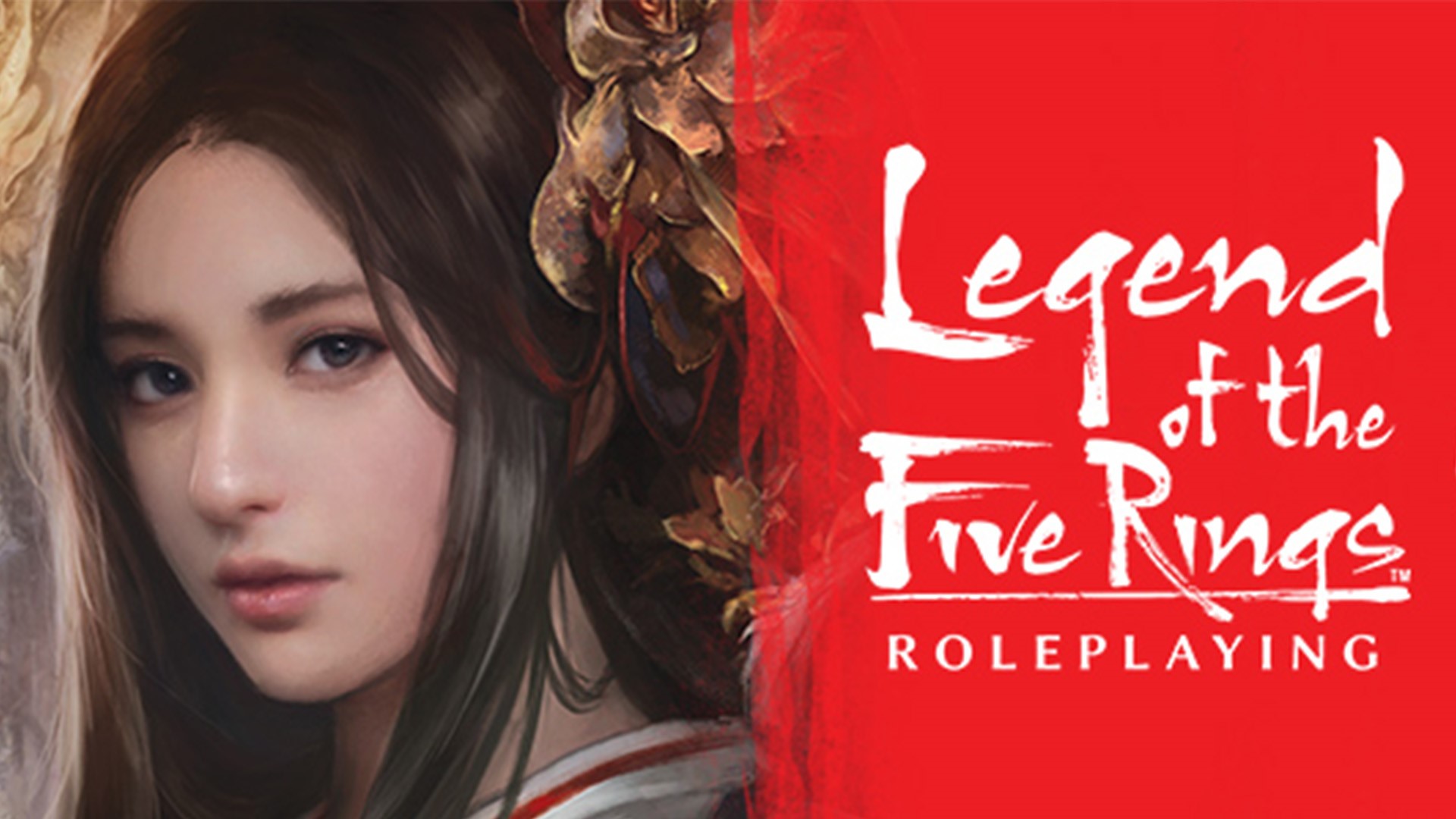
Best Samurai tabletop RPG
| Publication date | 2018 |
| Publisher | Fantasy Flight Games |
- Crunchy and detailed system for playing samurai
- Can be complex to learn and run
Fantasy Flight’s Legend of The Five Rings RPG (set in the same universe as the Legend of the Five Rings card game) lets players take the role of a disciplined samurai in a world full of territorial rivalry and Asian-inspired mythos. Picking one from seven clans, you face off in duels, fight massed battles, and slay demons in the pursuit of domination and honour.
At its core, it’s a cinematic RPG that prioritises character building and extreme detail, meaning it can be a challenge for GMs to initially keep track of – but it’s truly one of the most rewarding RPGs for character-centric players. The game also has a unique elemental attribute system that puts a spin on typical checks and gameplay choices.
However, given all the information you need to absorb, if you aren’t a fan of fantasy, the feudal Japanese aesthetic, or rampant orientalism, this probably isn’t the game for you.
On the other hand, if you’re a lover of mythology, a player who forms unhealthy attachments to your characters or loves strategically building them up, Legend of The Five Rings will most likely become a fast favourite.
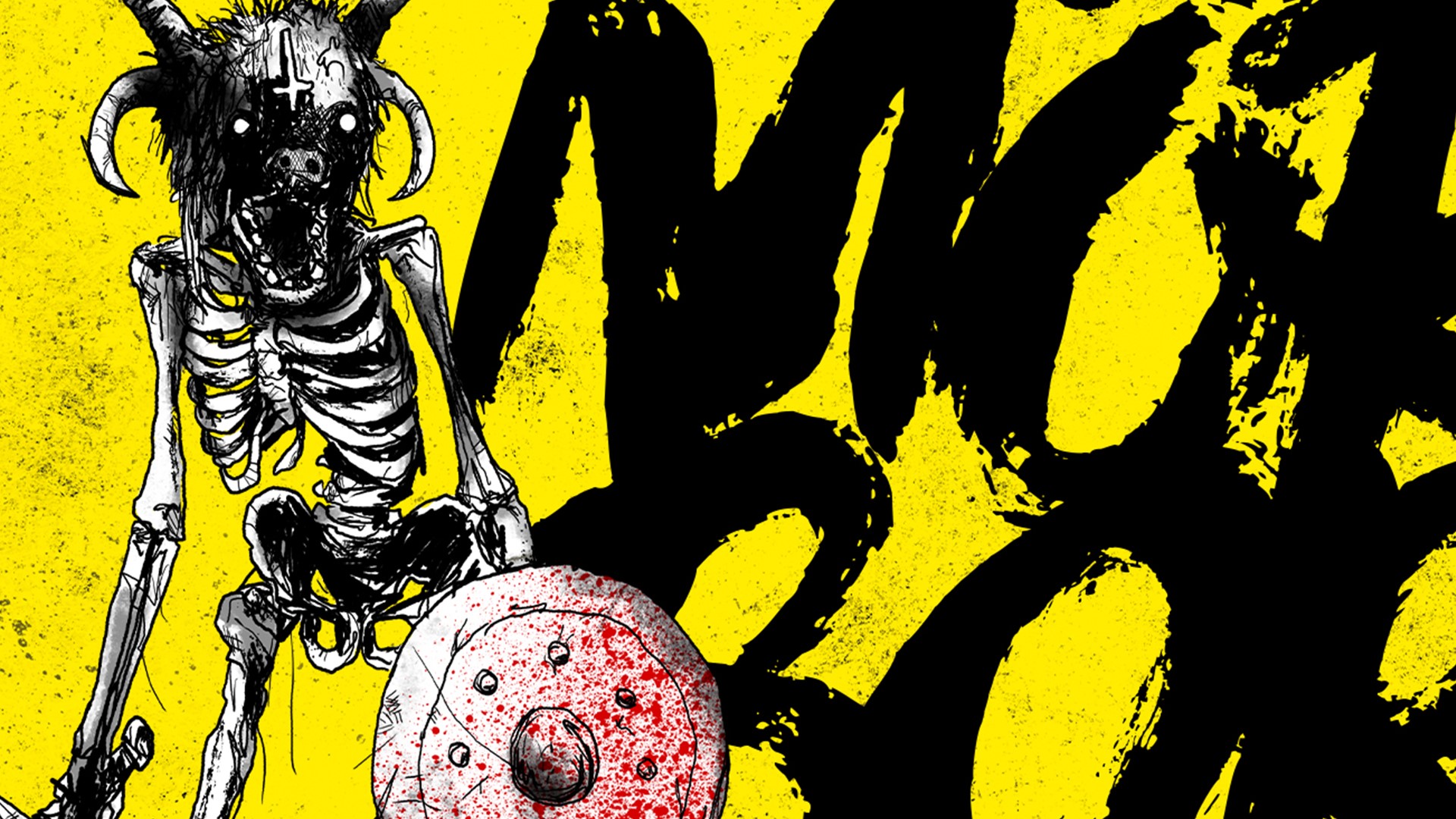
The tabletop RPG with the best art
| Publication date | 2020 |
| Publisher | Free League Publishing |
- Stunning visual design
- Simple and brutal rules make for dark, goofy fun
- Those who prefer complexity will find it overly simplistic
- Doesn’t provide much worldbuilding detail
Let’s make one thing clear: you’re going to die. A self-described doom metal album of a game, Mörk Borg ain’t for the faint of heart – in its apocalyptic world, the rules are light and the consequences for simply existing are heavy.
Created by a couple of ingenious, deeply disturbed Swedes named Pelle Nilsson and Johan Nohr, Mörk Borg is filled with serpent-worshipping cultists, insidious cannibals and deadly miseries. GMs roll daily to determine if a horrifying prophecy will be fulfilled, and once seven have occurred it’s game over.
If you’re thinking this sounds like the bleak, macabre, occult energy of a scandi horror flick, in RPG form, you aren’t far off. With its dark aesthetics, medieval nordic setting and headbanging character classes like ‘heretical priest’, it’s pretty much guaranteed that if you’re a fan of heavy metal music, you’re going to be a fan of Mörk Borg.
It’s an RPG trimmed of all the fat, hyper-focusing on core elements that make tabletop roleplaying fun. Combat is fast, and players only have four stats, with no throwaway abilities cluttering up their sheets. Anyone can use magic via sacred scrolls, and the game’s rules are loose enough to encourage freewheeling and hilarious roleplay.
A fab Mörk Borg follow-up
| Publication date | 2022 |
| Publisher | Free League Publishing |
- Easy to pick up and play
- Stunning visual design
- Setting is very derivative of other cyberpunk media
- System is still simplistic in terms of mechanics and worldbuilding
The gruesome system behind Mörk Borg was so good that it couldn’t be contained by just one setting. Cy_Borg takes you from dark dungeons to a sci-fi dystopia filled with capitalist-hating punks. Miseries still plague the world, but this time they come in the form of bio-bombings, toxic tsunamis, and cy-rage.
If you wished Mörk Borg had more guns, drones, and cybernetic enhancements, Cy_Borg will be right up your street. It’s also an excellent choice for lovers of sci-fi who like to keep things simple.
Many science fiction games are weighed down by dense lore and (often overly) complex mechanics. Cy_Borg may be punishing to play, but it’s a rules-light game that’s simple to learn and offers a streamlined sci-fi experience. Even creating characters can be done with minimal work: if you want to, you can put your fate in the hands of the dice and roll up a random Punk that’s still unique and suitably revolting.
Like its predecessor, Cy_Borg is a garishly gorgeous book to own. It’s also supported by a thriving TTRPG community who are prepared to put plenty of resources into fresh supplements and surprises.

Dread
The best indie RPG
| Publication date | 2005 |
| Publisher | The Impossible Dream |
- Easy to pick up and play
- Excellent at creating tension
- Not well suited to campaign play
Not every tabletop RPG relies on dice rolls. The perfect example of this is Dread, a horror roleplaying game that forces players to pull blocks from a Jenga tower every time they face a challenge. Remove the block, and you get to see another day; if the tower falls, you’re dead and dusted.
A game of Dread can take place in any setting, but the game master should try to place players in situations where death is a very likely possibility. The physical tension of trying to keep a Jenga tower standing adds incredible weight to suspenseful roleplay situations – if you want players on the literal edge of their seats, this is the way to do it.
Like many classic horror flicks, Dread’s character options are typically divided into archetypes (think Jocks and Nerds). You’ll get a chance to make them your own, though, as a series of curated questions during character creation will flesh out who your character is, as well as what they’re capable of in dire situations.
High on novelty and fear but low on setup and rules, Dread is a solid choice for RPGers of any experience level.
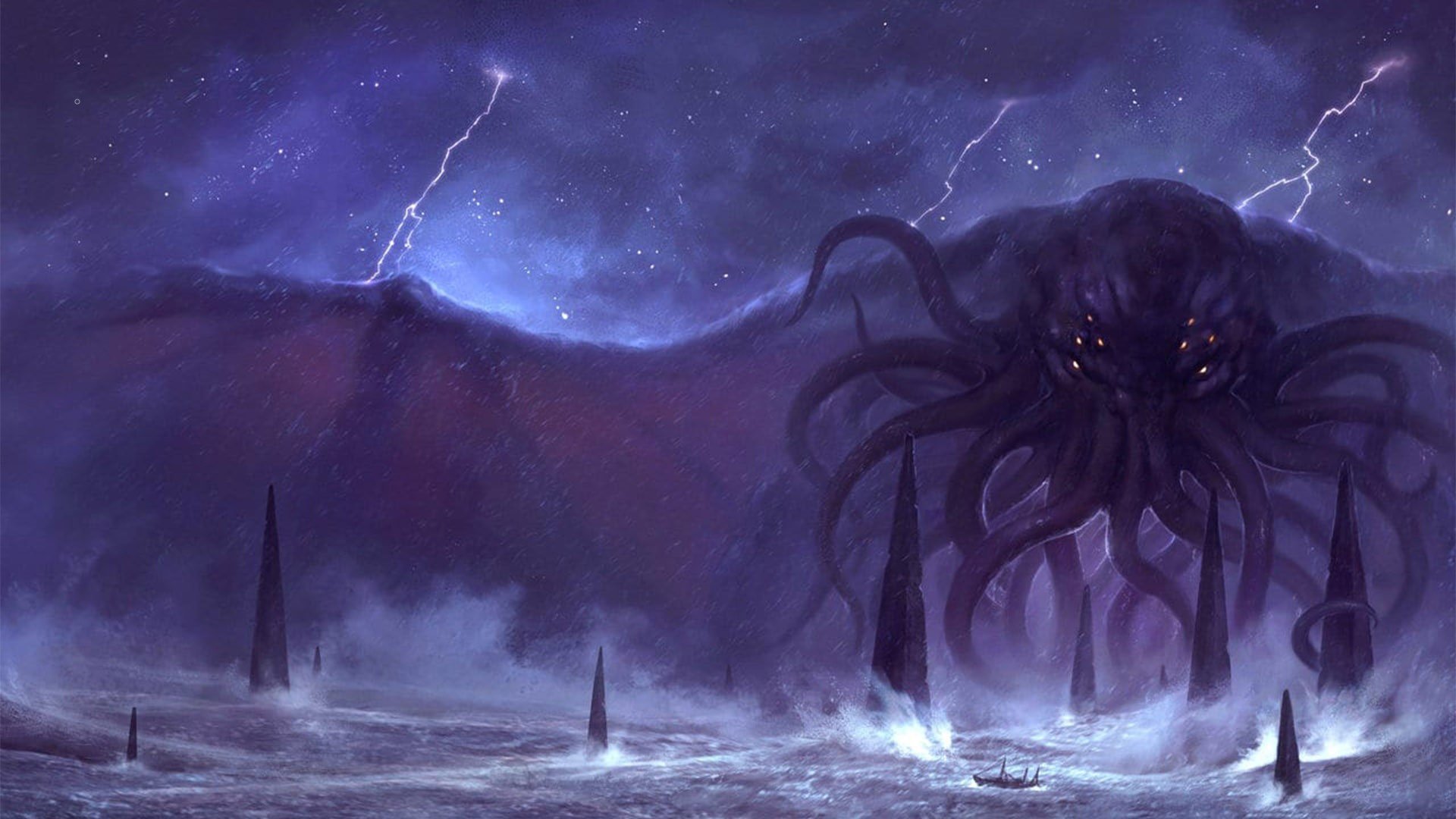
Call of Cthulhu 7e
The original and still best Lovecraftian RPG
| Publication date | 2014 |
| Publisher | Chaosium |
- A vast world, where games can be set anywhere, at any point in history
- Excellent horror mystery vibes
- Gameplay can get a little same-y after several campaigns
A cosmic horror and investigative saga that will almost certainly end in your character going insane, Call of Cthulhu 7e is one of the most well-known and beloved tabletop RPGs on the market.
Originally published by Chaosium in 1981, the game takes place in the world of H.P. Lovecraft’s endlessly popular cosmic horror novels, and turns players into investigators, travelling through a 1920s setting full of paranormal and mind-bending mysteries.
If you like great battle-axe-wielding characters and solving your RPG challenges via brawny combat, Call of Cthulhu probably isn’t going to be your cup of tea. Playing as a squishy investigator, you won’t so much be fighting hulking monsters, as engaging in a battle of wits with them, rolling desperate, quick-thinking skill checks to escape their clutches. The rules can get detailed, but Call of Cthulhu is a must-play for horror fans.
It’s also worth noting that even if you don’t succumb to Lovecraftian madness, you will probably die nonetheless, making it the perfect game for one-shots, or groups who love getting to grips with an RPG’s rules through multiple playthroughs – and don’t mind rolling up multiple new eccentric turn-of-the-century weirdos over the course of a campaign, to replace the characters lost to the Great Old Ones’ machinations.
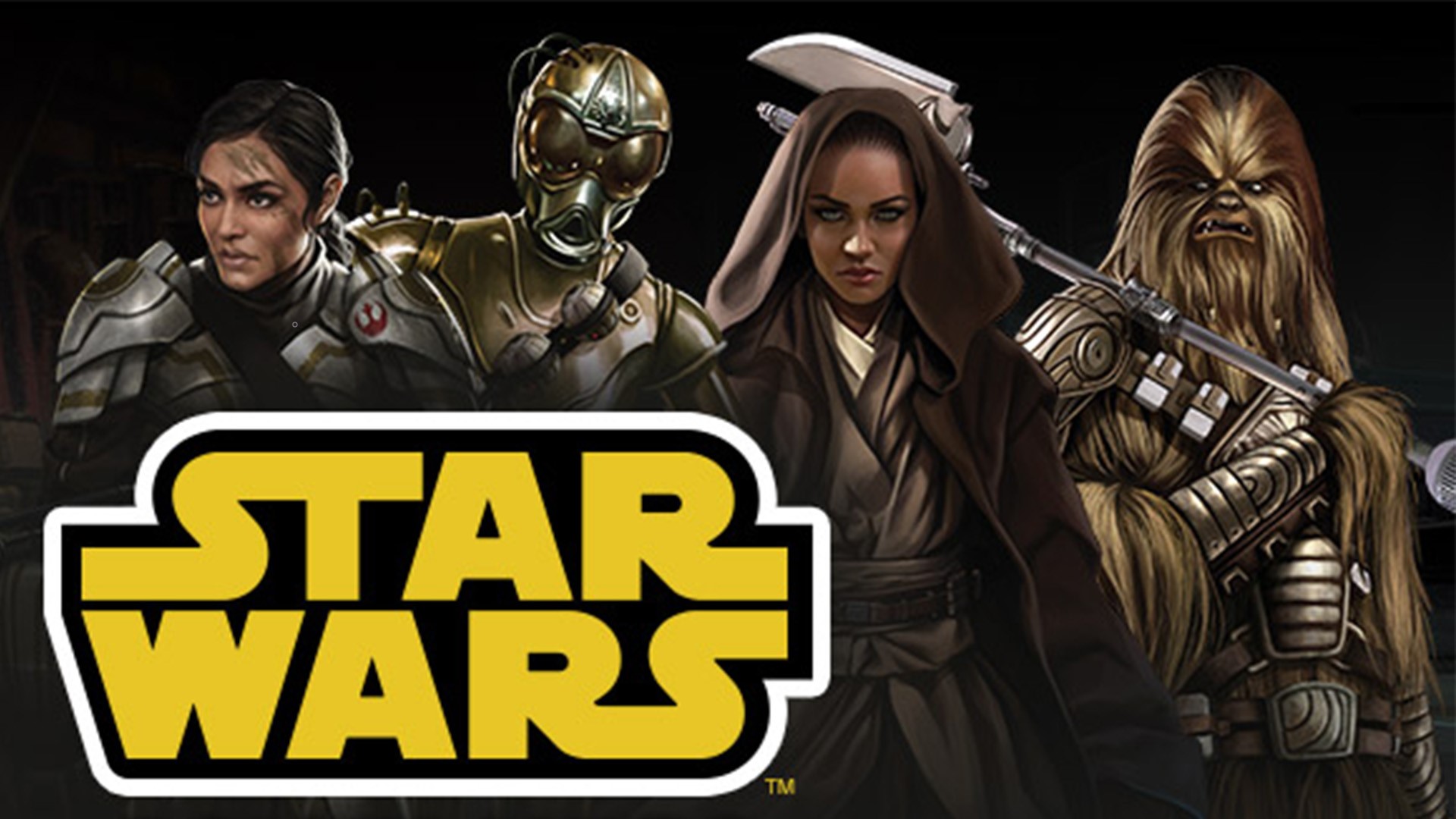
Star Wars Roleplaying Game
The best science fiction RPG
| Publication date | 2012 |
| Publisher | Fantasy Flight Games |
- A detailed, immersive recreation of the iconic Star Wars universe
- All games in the line are compatible with each other
- You probably need to know something about Star Wars before you play
Another Fantasy Flight title, the Star Wars Roleplaying Game has you step into a galaxy far far away, joining a crew of heroes travelling the (apparently incurably) war-torn galaxy that once belonged to George Lucas.
The game is broken up into three distinct modules: Age of Rebellion, Edge of the Empire and Force and Destiny. Age of Rebellion sees you taking up the insurrectionist cause, becoming a rebel fighter in their guerilla war against the Empire. Force and Destiny (if the name didn’t clue you in) treads the Jedi path, having your characters learn the way of the force. Finally, in Edge of the Empire, you take your cues from Han Solo or Boba Fett, smuggling, bounty hunting, and essentially swindling your way across the Outer Rim.
No matter which of these games you choose, they’re smoothly compatible with one another, as they all share the same core rules and mechanics, meaning you can easily cross over between the modules and engage with the ‘full experience’ – if your wallet can stretch to all three sourcebooks. The general game mechanics are simple, and perfectly capture the fast-moving, unrestrained gameplay you’d expect from a Star Wars RPG.

Pathfinder
The best tactical combat in any TTRPG
| Publication date | 2019 |
| Publisher | Paizo |
- Exciting character options for players who love complexity
- Complex rules may intimidate newcomers
Pathfinder is a Paizo tabletop RPG that was originally a modified version of D&D 3.5e. However, in the years since the first edition, Pathfinder has grown into its own game with its own identity and dedicated fanbase.
Pathfinder is for gamers who love crunch, real crunch. It’s got heaps and heaps of Pathfinder classes, Pathfinder races, spells, and other player options – to the point where Pathfinder character sheets start to look a little stuffed.
This can be a little overwhelming at first, but the reams of rulebook eventually give you an enormous amount of freedom. The level of detail in every character, magic item, and adventure makes each level up more satisfying than the last.
Plus, Paizo is regularly putting out interesting setting books and adventure paths to help players explore the canon Pathfinder world, Golarion.

Ten Candles
The best horror tabletop RPG
| Publication date | 2015 |
| Publisher | Cavalry Games |
- Immersive and collaborative storytelling game
- Lighting real candles is atmospheric as hell
- Easy to learn and play
- Collaborative structure of the game can be jarring for players who are more used to D&D
Cavalry Games’ Ten Candles is, hands-down, one of the most atmospheric games we’ve ever played. A one-shot-only game, sessions take place in a dark room, with ten candles providing the only source of light.
At least, that’s how the game starts. The candles aren’t just there to set the mood; they’re a core part of the RPG’s mechanics. Players have a communal pool of d6s they must roll any time they face a conflict. If the roll fails, a candle goes out. When the party are down to their final candle, the group must narrate how they die. They can choose to burn the paper they’ve written parts of their character on to improve their chances, but Ten Candles only ever ends one way: darkness and death.
Storytelling comes before everything in Ten Candles. The rules are very light, and the Game Master doesn’t have sole control of the narrative. They’ll often be rolling against the players, with the winner getting to narrate the outcome of a roll.
If you’ve only ever played games like D&D, Ten Candles can be a little jarring at first. The social contract between DM and players is totally different, and there’s no real way to ‘win’ a scenario or build a powerful character. However, if you love telling a good (but grim) tale, you can’t do better than Ten Candles.

The best Lord of the Rings tabletop RPG.
| Publication date | 2022 |
| Publisher | Free League Publishing |
- Mechanics and writing are an authentic recreation of Tolkien’s world
- Wonderful design for travelling
- Like many licensed games, it runs better if you’re all familiar with the IP
The One Ring‘s gorgeous art and production would make it a great coffee-table book for any fan of Lord of the Rings, but we highly recommend playing it too. Free League has lovingly recreated the land of Eriador and stuffed the rules with enough Tolkien lore to make die-harders squee. Ever wished you could spend more time with Tom Bombadil in the original trilogy? The One Ring gives you that chance.
That being said, this isn’t a Silmarillion-level reading task. There’s enough background info to get you started without being too heavy, and the system (which relies on d6s and d12s) is pretty approachable without being overly rules-light.
One of our favourite things about The One Ring is the additional, non-combat rules it provides. While Lord of the Rings has some truly epic battles, these aren’t the only important events that take place. The One Ring provides detailed rules for journeys, social encounters, and creating story-changing magic items.
This is a game for great (if unexpected) journeys. Your gaggle of humans, elves, dwarves, and hobbits will find their own way to fight back against The Shadow – as long as they can hold off its dark influence over their hearts.
How we picked the best tabletop RPGs
Everyone on Team wargamer plays RPGs regularly, with senior guides writer Mollie Russell the undisputed queen – in an average week she runs one game and plays in two more. This guide represents the opinions of the whole team, with a mixture of our personal favorites, and games that we rate highly as professional game reviewers.
We’ve aimed to cover a broad base of the most popular RPG themes and play styles. Rest assured that if your favorite game isn’t on this list, it’s most likely because something else has pushed it out of the running, or because – as humans with finite time – we haven’t been able to give it enough time to consider it properly.
What is the most popular tabletop RPG?
Dungeons and Dragons 5e is the most popular tabletop RPG. In July 2023, YouTube channel Roll For Combat used information from US mainstream book sellers and worked out that Wizards of the Coast had sold 1.6 million DnD Player’s Handbooks in the US alone.
That doesn’t include sales in the entire rest of the world, through friendly local game stores, via Amazon. And of course a whole year has passed since then!
Why is DnD the most popular tabletop RPG?
DnD was the first tabletop RPG, published in 1974, and to most of the world its name is synonymous with roleplaying as a whole. Many fantastic creative works have been created throughout DnD’s lifespan, giving it immense cultural resonance with generations of gamers.
The current version of DnD, Dungeons and Dragons, is a relatively accessible version of the game. Plenty of thought has one in to providing newcomers with a good experience. It has also benefitted from lots of publicity, with actual-play shows like Dimension 20 and Critical Role, and animated adaptations like The Legend of Vox Machina Season 3, introducing it to huge audiences.
The network effect is also very important for DnD’s success. DnD is the most-played tabletop RPG, so it’s also the easiest RPG to find players for. That’s one reason we recommend it for beginners – there’s no better way to begin than finding a group to play with.
What is the best alternative to DnD?
If you want to play a game that’s similar to DnD, but less middle of the road, we have several suggestions.
- Pathfinder is an evolution of DnD 3rd edition that is more granular, crunchy, and tactical than DnD 5e, and has a huge library of supplements.
- 13th Age is like a parallel universe version of DnD 5e that is better for heroic action, with snappier combat, more interesting and simpler character classes, and interesting systems that tie player characters deeper into the narrative.
- Mörk Borg is a lightweight, indie dungeon crawler with immaculate vibes, old-skool sensibilities, and a truly vibrant scene for community content.
Looking for more game night ideas? Why not check out the best board games in the hobby space right now. We can also recommend the best trading card games for fans of Magic: The Gathering.
Source: Wargamer



